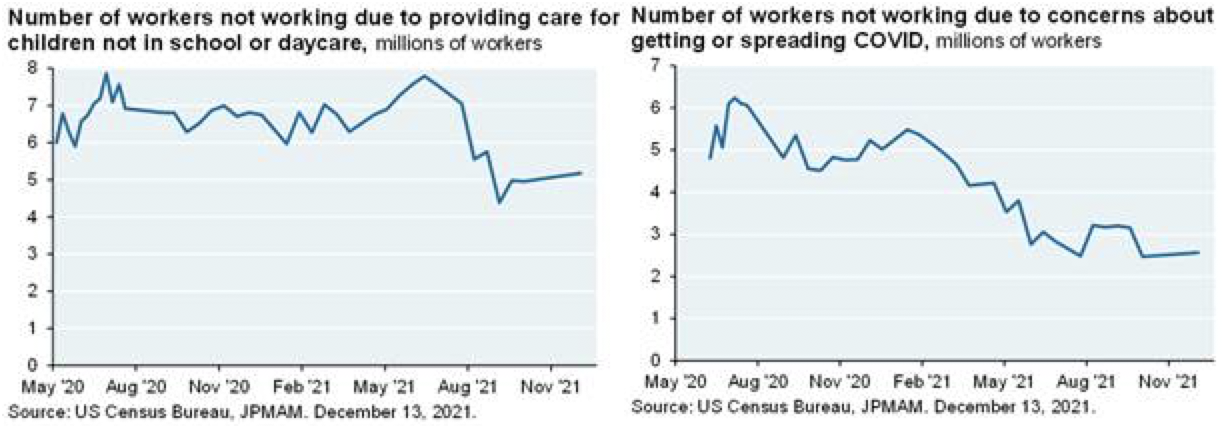
One Secret to Stopping Inflation? Getting Back to Work
February 21, 2022
 By Michael List, CFP®
By Michael List, CFP®
Portfolio ManagerAs we meet with business owners, we are hearing about two common challenges for nearly all of them: Inflation and hiring. Hiring difficulties, in particular, have remained persistent for much of the past two years. It’s so prevalent that lately, I’ve seen more “Help Wanted” signs than “Wall Drug” ones.
Every month the Bureau of Labor Statistics (BLS) provides an update called the Job Openings and Labor Turnover Survey (JOLTS). In the most recent report, there were 10.9 million job openings listed. We can see why hiring has been so difficult when we contrast JOLTS with a second BLS report, The Employment Situation. On this second report, it showed 6.5 million unemployed individuals. That means there are nearly two job openings for every one unemployed individual. Does that mean it’s hopeless to find employees for all these job openings? Not necessarily, and here's why.
Job openings are a pretty straightforward statistic — these are the number of jobs that employers have available. Today, the industry with the most openings is Education and Health Services, with more 2 million, followed by four other industries with over 1 million openings each: Retail, Business Services, Food Service and the Government.
It is the unemployment figure that gives us reason for hope. Individuals are considered unemployed if they are without a job and they are actively seeking and available to work. This means that if individuals stop seeking employment or are unavailable to work at the moment, they will not be included in the unemployment or labor force figures. How many people are currently sitting out of the labor force? Around 100 million. This means, if something changes, there could be more individuals available to fill job openings than the 6.5 million unemployed. Likely, that something is COVID-19.
Here are just two examples, highlighted in the charts below from JPMorgan Asset Management, both related to COVID-19:

There are still nearly 5 million people not working due to providing care for non-school-age children. Another 3 million are not working due to concerns about getting or spreading COVID. Since these groups are not seeking employment, nor available for it, they would be excluded from the unemployment figures. These two groups alone would be large enough to fill the excess job openings, assuming child care providers are able to reopen and meet the demand.
COVID continues to be a direct and indirect force on the global economy. Inflation and hiring have commonly been identified as the primary risks for businesses in 2022. If COVID subsides and no new variant emerges, we expect businesses could find some hiring relief, bottlenecks would ease, and revenue and earnings would grow faster.
If you have any questions about this or other topics reach out to your Advisor today.